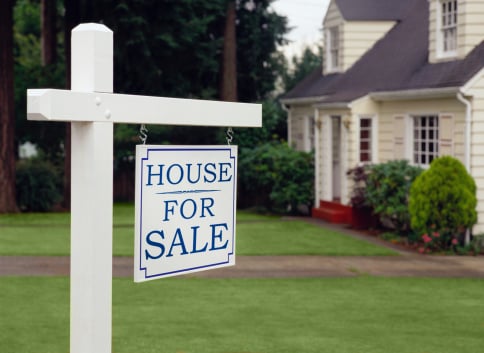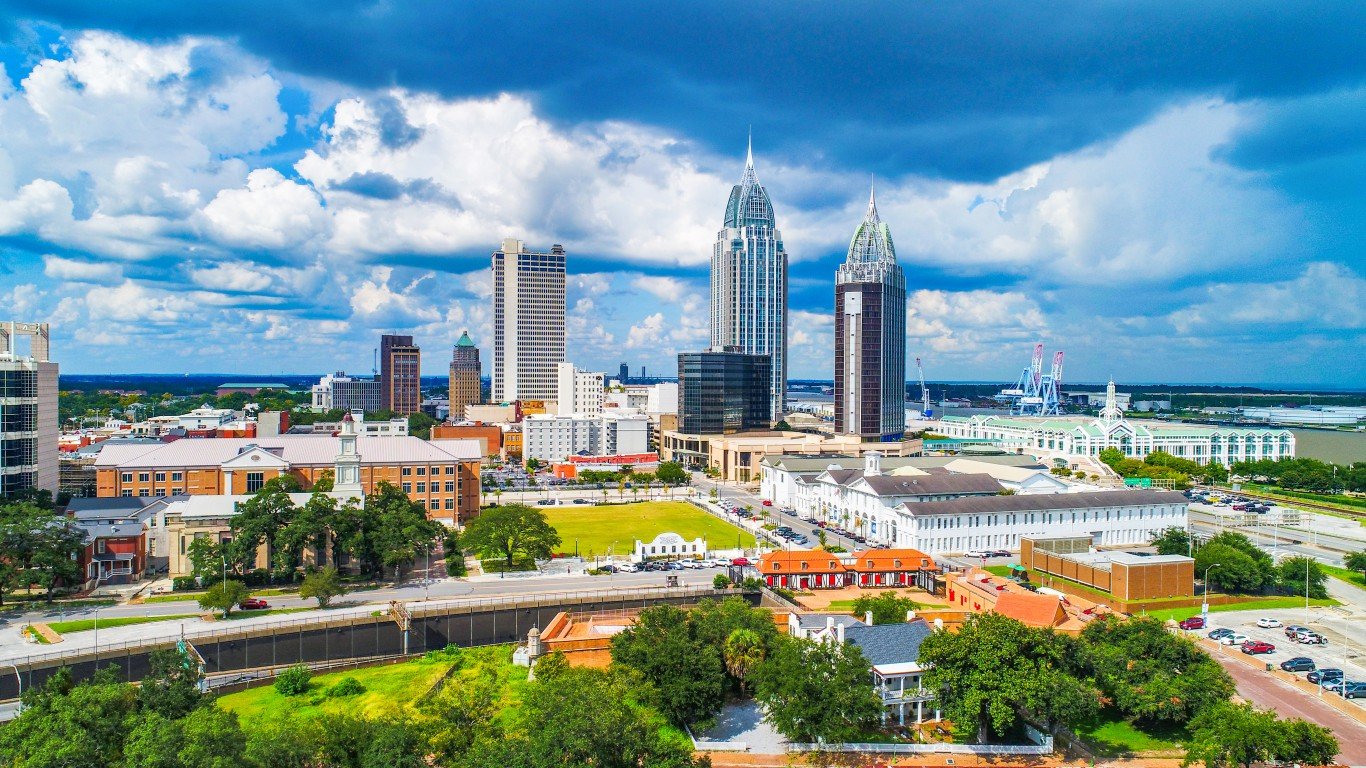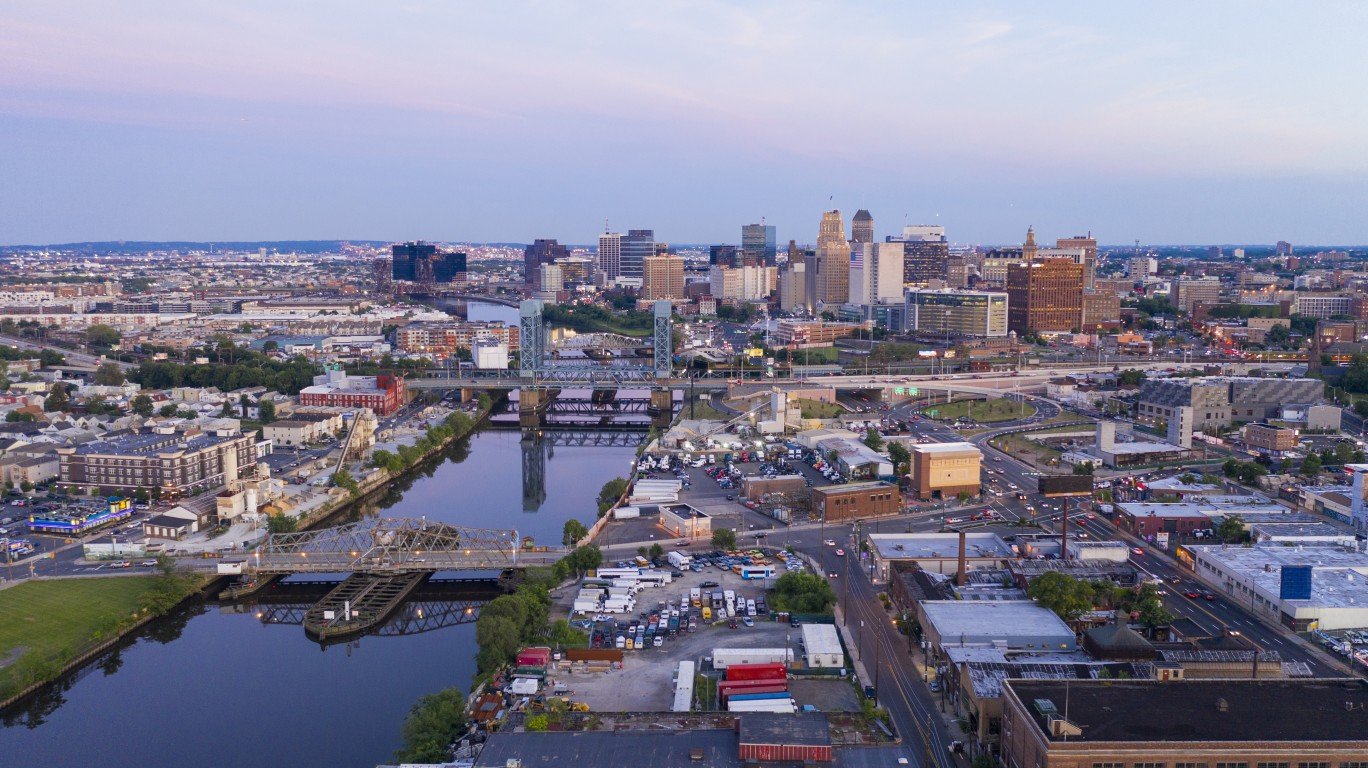
Source: Thinkstock
All-cash transactions accounted for 40% of U.S. house sales in July, up from 35% in June and 31% higher than all-cash sales in July of 2012. Month-over-month increases in all-cash purchases in the country’s largest metropolitan areas include Dallas (82%), St. Louis (66%), Los Angeles (32%), Seattle (21%) and Phoenix (21%).
The data comes from RealtyTrac’s latest Residential & Foreclosure Sales Report released Thursday morning. A company executive puts the numbers in perspective:
Low inventory of homes available for sale is proving to be a double-edged sword in many local housing markets that have bounced back quickly from the real estate slump. Home prices are accelerating rapidly in these markets thanks to the combination of low supply and strong demand. However, counter to the national trend, sales volume in these markets is down even as the percentage of cash sales rises, indicating there is still strong demand but that buyers who need financing to purchase are increasingly left out in the cold.
The data indicates that sales are down in eight states, and among these are four states where house prices have risen the most:
- California: sales down 17%, prices up 31%
- Arizona: sales down 11%, prices up 21%
- Nevada: sales down 7%, prices up 27%
- Georgia: sales down 2%, prices up 20%
Combined with higher interest rates, home price increases in some areas are forcing out some buyers who cannot pay cash for a house. RealtyTrac notes that sales to institutional investors (defined as non-lending entities that have purchased at least 10 properties in the past 12 months) accounted for 9% of all house sales in July, equal to the percentages in June and in July a year ago. The highest level of institutional purchases occurred in Atlanta (25%), Tampa (22%) and Palm Bay, Fla. (20%).
For the United States as a whole, the percentage of all-cash purchases has increased from around 30% in late May to 40% in July.
The number of buyers able to purchase a home in a noncash transaction may drop in January when new lending guidelines go into effect that require a 20% down payment on all loans and higher credit scores. RealtyTrac cites a real estate broker in Oklahoma City who said that as many as 25% to 43% of potential buyers will be unable to qualify for loans under the new rules.
Short sales accounted for 14% of all house sales in July, up from 13% in June and 9% in July of last year. The highest rates occurred in Nevada (35%), Florida (30%) and Maryland (20%).
Sales of bank-owned (REO) properties accounted for 9% of all house sales, the same percentage as in June and last July. The highest percentage of REO sales occurred in Detroit (26%), Modesto, Calif. (25%), Stockton, Calif., and Las Vegas (24% each).
Home sales are improving, but the improvement is being challenged by the effects of rising interest rates and low inventory of affordable houses. The housing market continues its slow, steady recovery, but faces a few headwinds as well.
Sponsored: Want to Retire Early? Here’s a Great First Step
Want retirement to come a few years earlier than you’d planned? Orare you ready to retire now, but want an extra set of eyes on your finances?
Now you can speak with up to 3 financial experts in your area for FREE. By simply clicking here you can begin to match with financial professionals who can help you build your plan to retire early. And the best part? The first conversation with them is free.
Click here to match with up to 3 financial pros who would be excited to help you make financial decisions.
Thank you for reading! Have some feedback for us?
Contact the 24/7 Wall St. editorial team.



